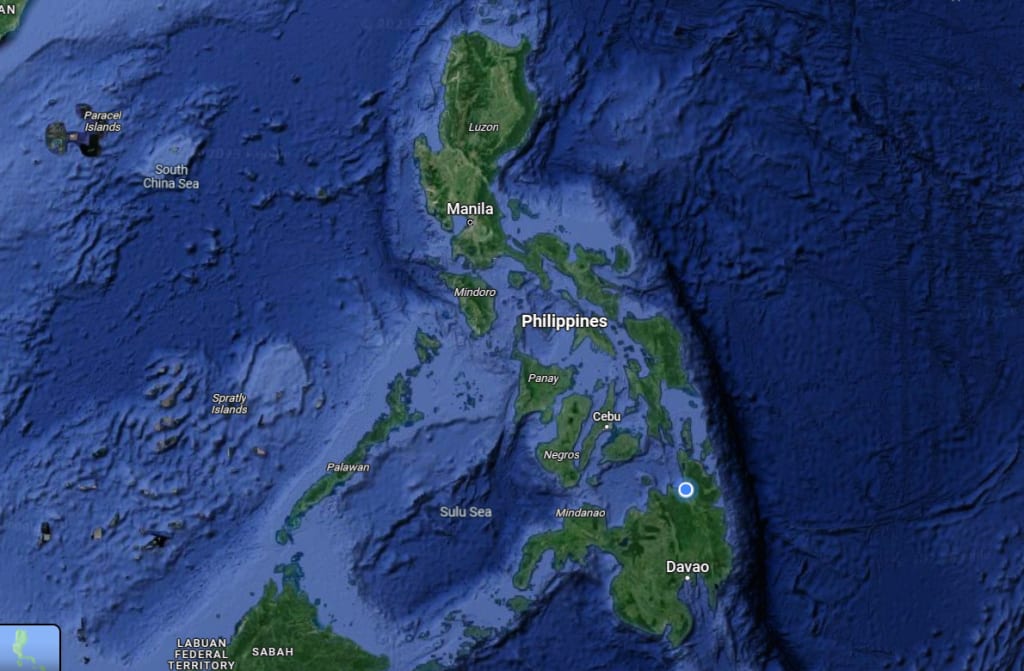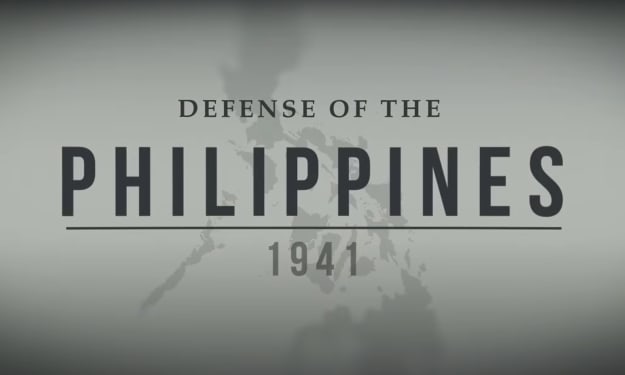
The history of what is today the Philippines started with the arrival of its first humans. It is believed that they used rafts or boats around 60,000 years ago, with groups of diverse people settling in the archipelago. Some of these groups started to develop and expand into bigger settlements, and in the next thousands of years, they evolved into what some scholars believe to be considered early states. Austronesians and, afterwards, speakers of the Malayo-Polynesian languages began to arrive in successive waves beginning about 4000 BC. According to the existing evidence, a jade culture existed on these lands starting with the Neolithic era. By 1000 BC, it is believed that the inhabitants of the archipelago had developed into four distinct kinds of people: tribal groups, warrior societies, the petsy plutocracy, and the harbor civilizations.
Moreover, it is important to note that metallurgy reached the archipelago due to trade with India around 300 to 700 AD. The seafaring people of the islands began to trade with the Indianized kingdoms in the Malay Archipelago and the nearby East Asian principalities, adopting influences from both Buddhism and Hinduism. Some cultures of present-day Vietnam showed evidence of an extensive trade network. Artifacts and goods were traded, such as glass, agate, or gold. There were also other items present in the region, which were most likely imported, including ear ornaments that have been found in archaeological sites in the Philippines, Thailand, and Taiwan.
The Indian culture influenced the Southeast Asian region starting with the first century. During the period of the South Indian Pallava dynasty and the North Indian Gupta Empire, Indian culture spread to Southeast Asia, and it reached the Philippines, which led to the establishment of new kingdoms largely influenced by the Indian culture and traditions. The date inscribed in the oldest Philippine document found so far, the Laguna Copperplate Inscription, is 900 AD. From the details of the document written in Cowie's script, the bearer of a debt, Namwaran, along with his children, is cleared of a debt by the ruler of Tondo. This is the earliest document that shows the use of mathematics in pre-colonial Philippine societies. A standard system of weights and measures is also demonstrated by the use of precise measurement for gold and other items, as well as in astronomy.
From the various Sanskrit terms and titles seen in the document, the culture and society of the Manila Bay were that of Hindu-Old Malay amalgamation, similar to the cultures of Java, Peninsular Malaysia, and Sumatra at the time. In the years leading up to 1000, there were already several maritime societies existing in the islands, but there was no unifying political state encompassing the entire Philippine archipelago. Instead, the region was divided into numerous semi-autonomous city-states under the rule of the plutocracy. While a number of states existed alongside the highland societies, these smaller structures alternated between being part of or being influenced by larger Asian empires like Maya Pahit.
Around 1225, the nation of Mai, a Buddhist pre-Hispanic Philippine island state centered in Mondoro, flourished, attracting traders and shipping from the Kingdom of Ryukyu to the Empire of Japan. Ciao Jakua, a customs inspector in Fukian province, China, wrote the description of the barbarous peoples, describing trade with this pre-colonial state. Its people were noted for their honesty in trade. Much of what is now Indonesia was ruled by the Hindu Maya Pachit Empire during the 1300s. This empire ruled over Luzon Island and the Sulu Archipelago. As more and more influence was on these islands, skirmishes and battles also existed. Some local tribes were waging incessant guerrilla warfare against them. Eventually, the kingdoms of Luzon regained independence from Maya Pahit after the Battle of Manila 1365. Sulu also re-established independence and, in vengeance, assaulted the Maya Pahit province of Brunei before a fleet from the capital drove them out.
The start of the Islamic era in Indonesia set the collapse of the Maya Pahits as its provinces eventually seceded and became independent sultanates. In 1380, Makdum Kareem, an Arab trader born in Johor, arrived in Sulo from Malacca and brought Islam to the Philippines. Additionally, Sharif ul Hashem, an Arab Muslim explorer, established the Sultanate of Sulu by converting its previous ruler, the Hindu king Raja Bhagwinda, to Islam and then marrying his daughter. The Sultanate of Maghin de Neo rose to prominence at the end of the 15th century. Meanwhile, the religion was introduced to the area by Muslim missionaries and traders from the Middle East, Indian and Malay regions, who propagated Islam to Sulu and Maguindanao. As before, when Buddhist and Hindu cultures influenced the archipelago, the same case happened with the Muslim culture. Upon the secession of Brunei from the Maya Pahit Empire, they imported the Arab emir from Mecca, Sheriff Ali, and became an independent sultanate. The new religion started to grow roots in the Philippines through conquest and conversion of local leaders in the next decades. Moreover, Islam was
About the Creator
Boboie Limen
Discovering and sharing knowledge is my passion as a Filipino citizen. Let me guide you through the vast resources available to us under the sun.






Comments
There are no comments for this story
Be the first to respond and start the conversation.